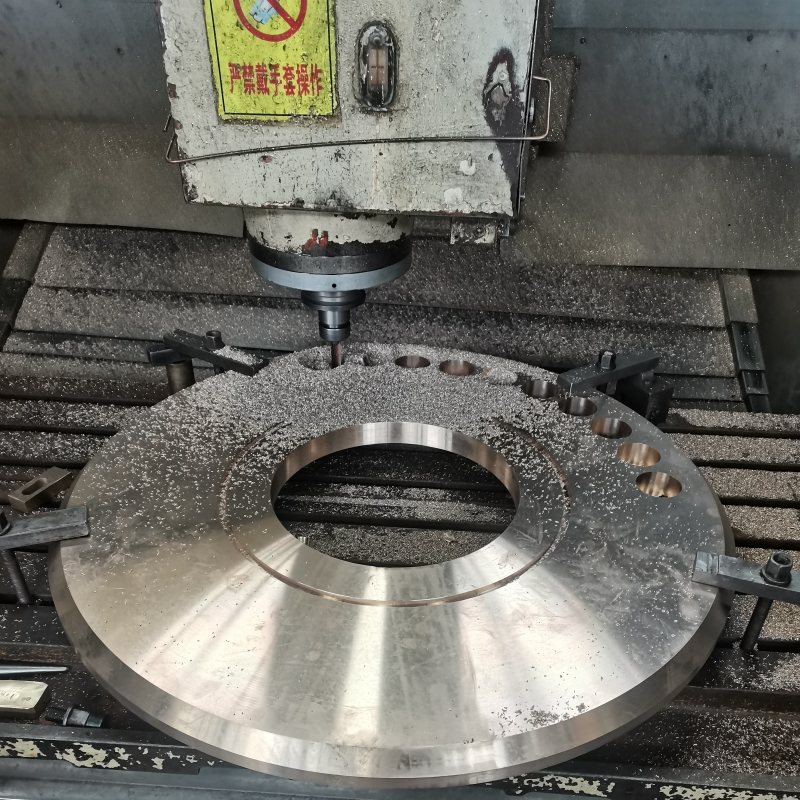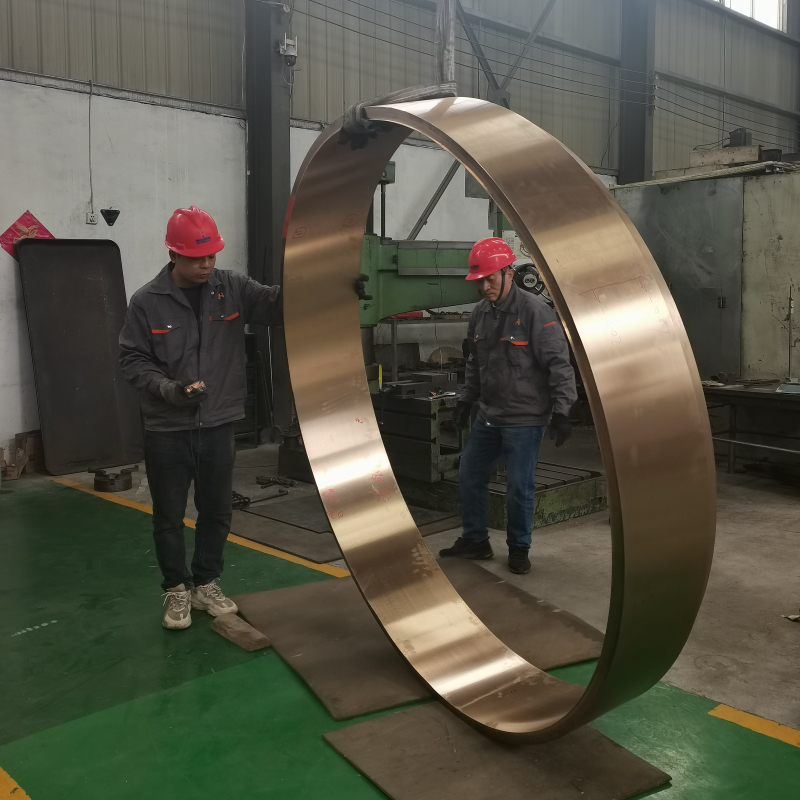 Mazhuang Village, Yuhe Town, Huixian City, Xinxiang City, Henan Province, China
Mazhuang Village, Yuhe Town, Huixian City, Xinxiang City, Henan Province, China
 Service Hotline +86 17630258963
Service Hotline +86 17630258963  Cell phone +86 17630258963
Cell phone +86 17630258963 Copper gasket seal failure forms are mainly the following:
Interface leakage:
This is the most common form of seal failure. When the contact pressure between the copper gasket and the sealing surface is insufficient or uneven, the medium will leak at the interface between the gasket and the sealing surface.
Reasons may include improper gasket installation, uneven sealing surface, uneven bolt fastening force. Interface leakage is usually manifested as continuous seepage or dripping, the size of the leakage depends on the size of the sealing gap and the pressure of the medium.
Penetration leakage:
Medium through the pores of the copper gasket material itself or microscopic defects infiltration and leakage.
Copper gasket material, manufacturing process and quality and other factors will affect its anti-penetration performance. For example, the material is not pure, there are pores or cracks and other defects in the gasket is more likely to occur infiltration leakage. Osmotic leakage is generally slow, the leakage is usually small, but in the long-term operation process may gradually accumulate, the safety and performance of the system has an impact.

Deformation:
Under the action of pressure and temperature, the copper gasket may be deformed, resulting in reduced sealing performance.
Excessive deformation may cause the gasket to lose its elasticity and fail to return to its original shape, thus failing to provide adequate sealing pressure.
Causes of deformation may include improper selection of gasket material, excessive pressure, and temperature changes.
Rupture:
Copper gaskets may be ruptured by excessive stress during installation or use.
For example, over-tightening of bolts during installation, exposure to shock loads, or thermal stresses at elevated temperatures may cause a gasket to rupture. Once a gasket ruptures, the sealing system will fail immediately and the medium will leak rapidly.
Corrosion:
In corrosive environments, copper gaskets may be damaged by chemical corrosion.
Corrosion will make the gasket thickness reduction, surface roughness, and even the emergence of holes and cracks, thereby destroying the sealing performance.
Different media have different degrees of corrosion of copper gaskets, choose the right gasket material and take anti-corrosion measures can reduce the risk of corrosion failure.

Wear:
When there is relative motion between the sealing surface and the copper gasket, wear will occur.
Wear will make the sealing surface become rough, reducing sealing performance. At the same time, particles generated by wear may also be embedded in the gasket, further damaging the seal. The degree of wear depends on factors such as the material, hardness, and surface roughness of the sealing surface, as well as the speed and pressure of the movement.
Scratching:
Seal faces may be scratched by tools or other objects during installation or removal.
Scratches can disrupt the flatness of the sealing surface, causing the gasket to not fit tightly against the sealing surface, resulting in leakage.
Careful handling and the use of appropriate tools can reduce the risk of scratching the sealing surface.
Corrosion:
Similar to copper gaskets, sealing faces can be damaged by corrosion.
Corrosion degrades the surface quality of the sealing face and affects sealing performance. Selecting corrosion-resistant sealing face materials and taking anti-corrosion measures can extend the life of the sealing system.
Seal failure may be caused by a variety of factors, in the use of copper gaskets, should be based on specific working conditions to select the appropriate gasket material and specifications, and correctly install and maintain the sealing system to ensure its reliable sealing performance.
